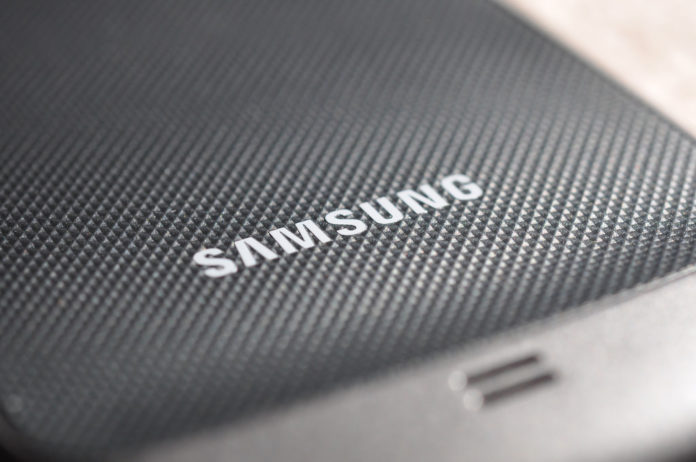Among the reports surfacing about the Samsung Galaxy S8, the latest claims that the phone will most likely have an “all-screen design”.
For a very long time now, smartphone manufacturers have been in a constant search for ways to minimize the size of the bezels. The display of the S8 is rumoured to have finally done away with it, at least along the top. They will also remove the physical home button, a consistent feature in the Galaxy S line of phones, and replace it with a virtual one under the glass, on the screen, reported Bloomberg.
However, Samsung’s S8 will not be the first phone without bezels. In October, Chinese manufacturer Xiaomi released its concept phone for the Mi Mix, which has no bezels at the top, and which has placed the front camera at the bottom, underneath the display. The phone is said to have 91.3 percent screen-to-body ratio.
In addition to the greater screen coverage, the S8 generation of the Galaxy flagship phones will have wraparound OLED (organic light emitting diode) displays that will curve around the edges.
Samsung also plans to add a digital assistant to the new devices, according to Bloomberg. It will be able to “send text messages, make phone calls and provide daily appointment scheduling” using voice commands. It will reportedly have AI enhancements that will make it “significantly differentiated” from Siri, Alexa, Cortana and the Google Assistant.
The Bloomberg report also added that some S8 devices will probably use Qualcomm Snapdragon 835 chips, while others might use Samsung’s own Exynos processors.
Besides edge to edge screen displays and a digital assistant, rumors suggest that the S8 devices will also get rid of the 3.5 mm headphone jack standard to most devices and gadgets today. The USB-C port for charging might also function as audio output.
Meanwhile, as Samsung struggles to cope with the aftermath of the exploding Note 7, it will implement stricter quality assurance procedures to prevent a repeat of the episode. However, this may lead to a later release of the phone, in April, rather than the proposed date of March 2017.
























